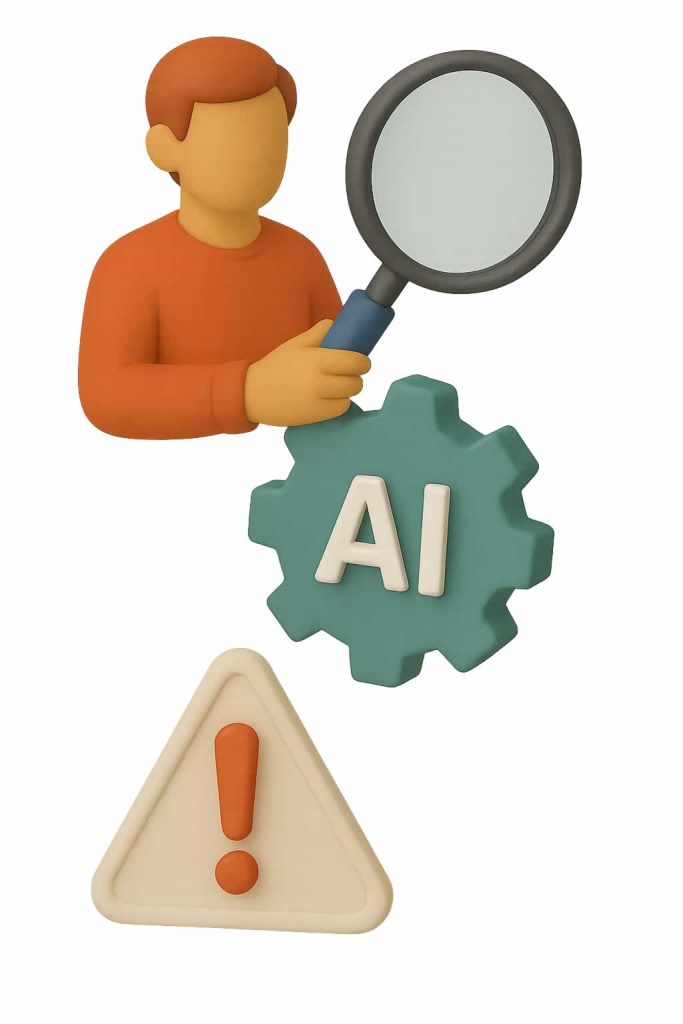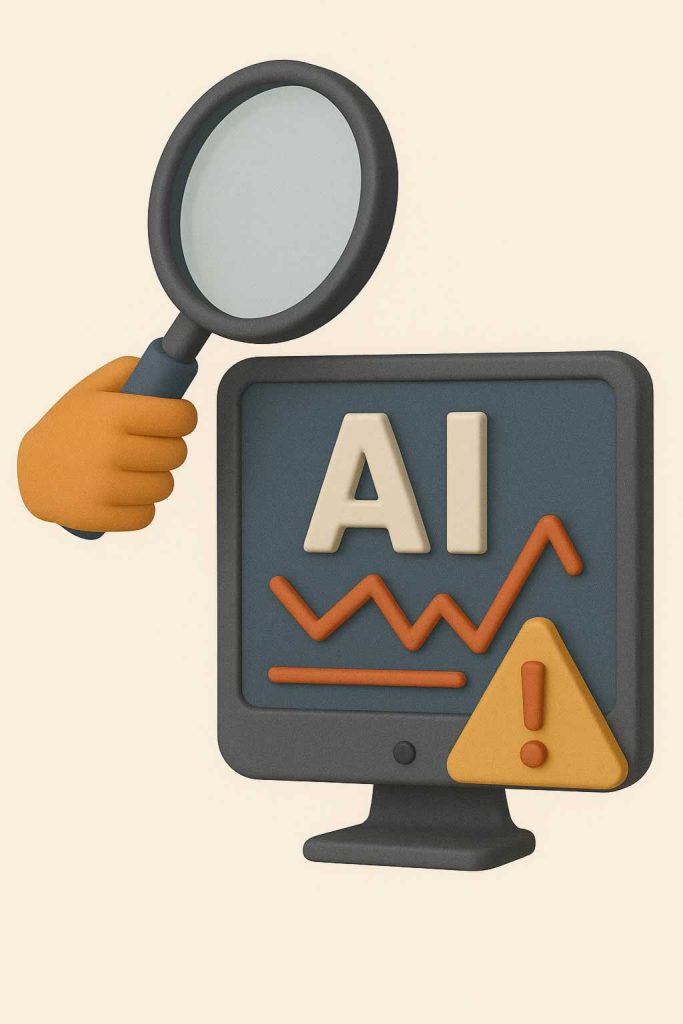

Detecting AI failures or anomalies is critical for maintaining reliability and trust in any system that depends on machine intelligence. At AEHEA, we build anomaly detection into the core of every production AI deployment. These anomalies may include unexpected drops in accuracy, strange or offensive outputs, unusual user behavior, or significant changes in the input data. If these issues go unnoticed, they can damage user experience, erode confidence, or even lead to serious operational risks. Monitoring alone is not enough we need smart triggers and contextual awareness to detect when something goes wrong.
We begin by defining what failure looks like. In classification models, this might be a spike in misclassifications or a drop in confidence scores. In generative models, it could be inconsistent tone, repetition, hallucination, or irrelevant answers. For time-series or recommendation systems, anomalies might appear as prediction volatility or empty results. We set thresholds on these signals, and we collect baseline performance over time so we know what normal behavior looks like. This baseline is essential for detecting subtle but important deviations.
To catch these failures in action, we implement real-time monitoring using tools like Grafana, Sentry, and custom dashboards built with Superset or Streamlit. We route logs through systems that look for unusual patterns in input and output, flagging anomalies immediately. We also incorporate user-side signals such as abandoned sessions, repeated corrections, or customer complaints. At AEHEA, we often combine this with shadow testing running a secondary model or logic path in the background so we can compare results without disrupting the live system.
When we detect a failure, the response is just as important as the detection itself. We log the event, notify stakeholders, and route the data into a feedback and retraining queue if necessary. Our workflows include human-in-the-loop checkpoints, where flagged outputs are reviewed by editors, moderators, or product leads before further action is taken. Detecting AI anomalies is not just about protecting against errors. It is about maintaining control over something dynamic, flexible, and incredibly powerful. The sooner we spot the cracks, the stronger the foundation becomes.
